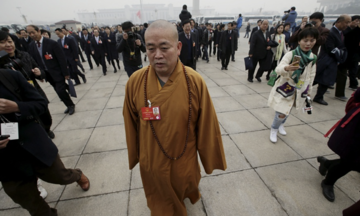The difference between using cold and hot water lies in how the starch in rice reacts to heat and water. Gelatinization occurs when rice comes into contact with water at 60-70°C or higher. The starch absorbs water, swells, and becomes gelatinous.
Starting with cold water means the temperature rises gradually, delaying the starch's reaction. This can leach nutrients into the water and cause uneven cooking, resulting in dry, hard, or bland rice.
Conversely, using hot water initiates gelatinization immediately. The rice is enveloped in consistent heat, expanding quickly and uniformly. The outer layer of each grain "seals," locking in nutrients and natural aroma, preventing mushiness. This leads to more flavorful, fragrant, and perfectly textured rice. Cooking with hot water and maintaining consistent heat also preserves more vitamin B1 compared to using cold water.
Experienced chefs and home cooks recommend using hot water, especially for new rice with higher moisture content. After rinsing the rice, add warm or hot water to the pot, let it sit for a few minutes, then start the cooking process. If the water is too hot, adjust the cooking time accordingly. In winter, soak the rice for about 10 minutes before cooking to ensure optimal absorption and a more flavorful result. Older, drier rice requires more water and a longer soaking time.
When using warm or hot water in a rice cooker, use slightly less water than usual due to reduced evaporation. Gently stir the rice before cooking to prevent sticking.
Delicious rice requires more than just quality grains and clean water; it's about understanding the nuances of cooking. A simple change like using hot water can make a significant difference, resulting in a more satisfying and flavorful meal.
You might be accustomed to using cold water, but try hot water for a richer, more flavorful experience. Let your taste buds be the judge – the difference might surprise you.
Bui Thuy












